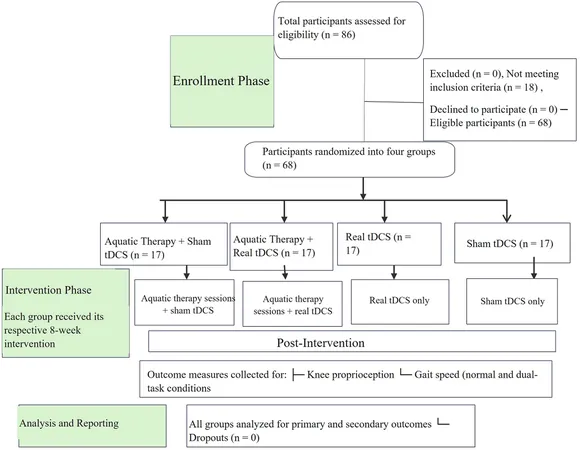
Revolutionizing Recovery: Cutting-Edge Therapy Combines Aquatic Exercise and Brain Stimulation to Combat Knee Osteoarthritis in Seniors
2025-09-02
Author: Olivia
Knee Osteoarthritis: A Growing Epidemic Among Seniors
Knee osteoarthritis (KOA) is an ever-growing concern, particularly among older populations. As of 2019, a staggering 364.6 million individuals worldwide were living with KOA, with women disproportionately affected. Research reveals that over half of women and more than a third of men over 50 endure knee pain linked to this condition.
Impact on Quality of Life
KOA is characterized by gradual cartilage loss, resulting in pain, stiffness, and reduced mobility, deeply tied to aging, obesity, injuries, and genetic factors. Among those over 60, about 13% of women and 10% of men experience significant mobility challenges, leading to disability in approximately 66% of these cases and accounting for a notable share of global disability years.
The Need for Effective Treatments
Given these alarming statistics, there’s a pressing need for effective interventions to ease symptoms and boost functionality. Two pivotal aspects of independence and quality of life in KOA patients are proprioception (the sense of joint position) and gait speed, which is often referred to as the 'sixth vital sign' due to its correlation with overall health, disability, and even mortality.
Limitations of Traditional Therapies
Traditional rehabilitation methods primarily focus on alleviating pain and enhancing muscular strength. However, their effectiveness on proprioceptive issues and gait impairments is often unclear. While some protocols show slight improvements in proprioception, these aren’t enough to restore normal function in many KOA patients. Similarly, studies on gait speed improvements remain inconsistent, highlighting a clear need for innovative therapies.
Emerging Solutions: Aquatic Therapy and tDCS
Enter aquatic therapy and transcranial direct current stimulation (tDCS): two promising therapies that could significantly enhance proprioception and gait function. Aquatic therapy leverages unique properties of water—like buoyancy and resistance—to boost strength and proprioception. Research shows that an eight-week aquatic training program can lead to notable improvements in fast-paced walking.
On the other hand, tDCS modulates brain function, which can improve motor control and proprioception. Various studies have demonstrated the potential of tDCS in enhancing gait and balance, particularly in rehabilitation settings.
Combining Forces: A New Hope for Seniors with KOA
Despite the individual merits of these therapies, research has yet to fully explore their combined effects on elderly individuals with KOA. This study aims to uncover whether a strategic combination of aquatic therapy and tDCS can offer superior improvements in both proprioception and gait speed for older adults, thus breaking through the limitations of traditional methods.
Study Design and Implementation
The trial employed a rigorous randomized, triple-blind, sham-controlled design, overseen by Urmia University’s Ethics Committee. To ensure scientific integrity, participants were meticulously screened and divided into groups receiving various combinations of aquatic therapy and tDCS.
Who Participated?
A total of 68 elderly women, aged 63-68 and diagnosed with KOA, were enrolled in the study. Each participant underwent comprehensive assessments to confirm eligibility, including crucial health measurements to ensure their wellbeing throughout the trial.
What Happened in the Trials?
Each group underwent specific interventions: twice-weekly aquatic sessions intertwined with tDCS treatments targeting the primary motor cortex. These sessions aimed at enhancing proprioception and walking speed through targeted exercises in a supportive water environment.
Results and Implications
Findings from this landmark study revealed that both single and combined interventions significantly improved proprioception and gait speed compared to sham treatments. Notably, the group receiving both interventions experienced the most pronounced gains, suggesting a synergistic effect that enhances recovery.
Conclusion: A New Era of Therapy for KOA Patients?
This groundbreaking research positions aquatic therapy combined with tDCS as a potentially powerful approach to improving mobility and quality of life for aging individuals with knee osteoarthritis. The hope is that leveraging both physical and neurological aspects of rehabilitation can lead to better outcomes for this vulnerable population.
Looking Ahead: Future Research Directions
As this study opens doors to new avenues in KOA treatment, further research will be crucial to explore long-term benefits, effectiveness across different demographics, and the integration of these therapies with additional interventions, ensuring comprehensive care for seniors battling this debilitating condition.



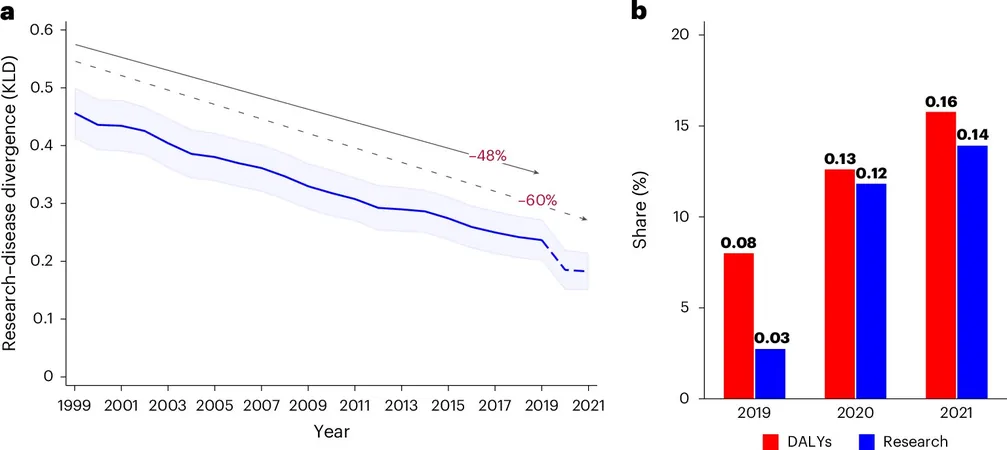
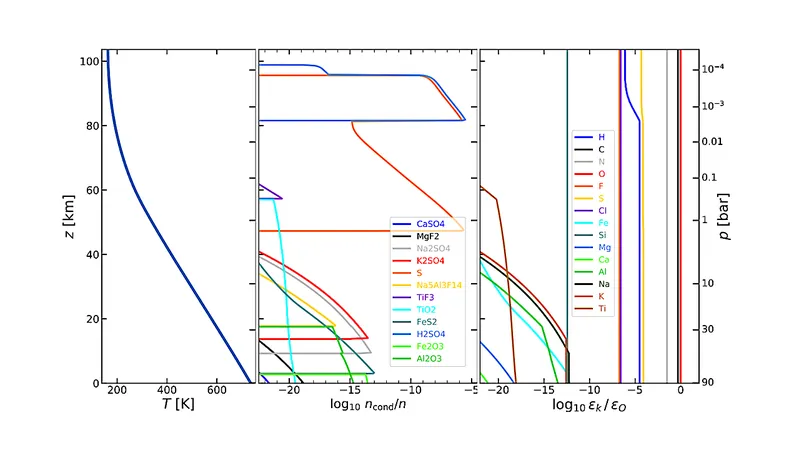
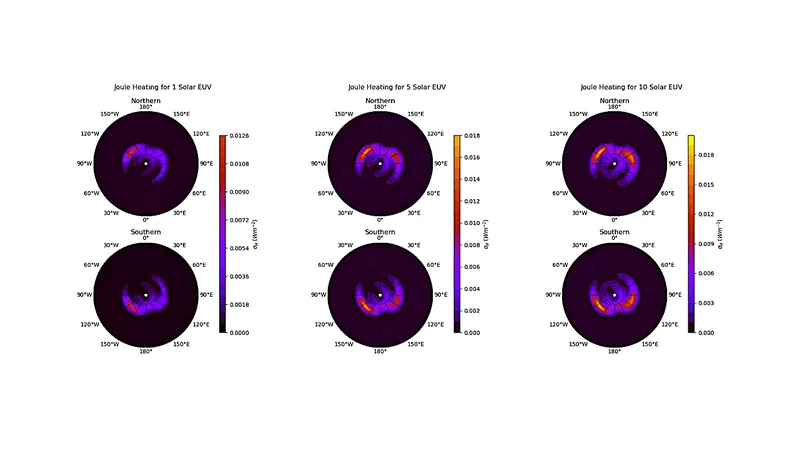
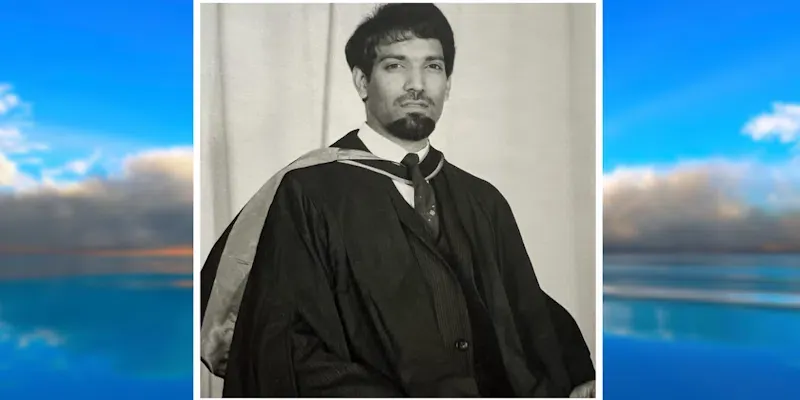
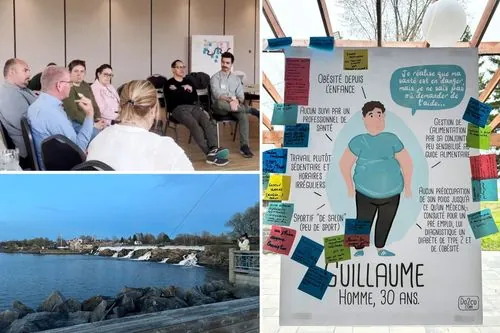

 Brasil (PT)
Brasil (PT)
 Canada (EN)
Canada (EN)
 Chile (ES)
Chile (ES)
 Česko (CS)
Česko (CS)
 대한민국 (KO)
대한민국 (KO)
 España (ES)
España (ES)
 France (FR)
France (FR)
 Hong Kong (EN)
Hong Kong (EN)
 Italia (IT)
Italia (IT)
 日本 (JA)
日本 (JA)
 Magyarország (HU)
Magyarország (HU)
 Norge (NO)
Norge (NO)
 Polska (PL)
Polska (PL)
 Schweiz (DE)
Schweiz (DE)
 Singapore (EN)
Singapore (EN)
 Sverige (SV)
Sverige (SV)
 Suomi (FI)
Suomi (FI)
 Türkiye (TR)
Türkiye (TR)
 الإمارات العربية المتحدة (AR)
الإمارات العربية المتحدة (AR)